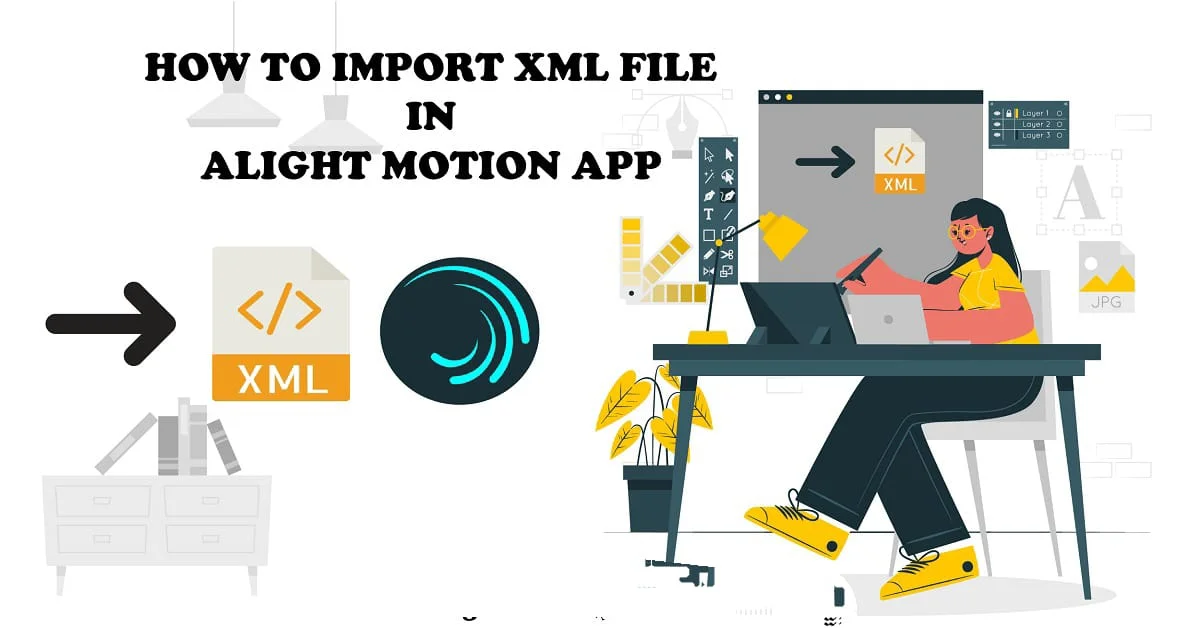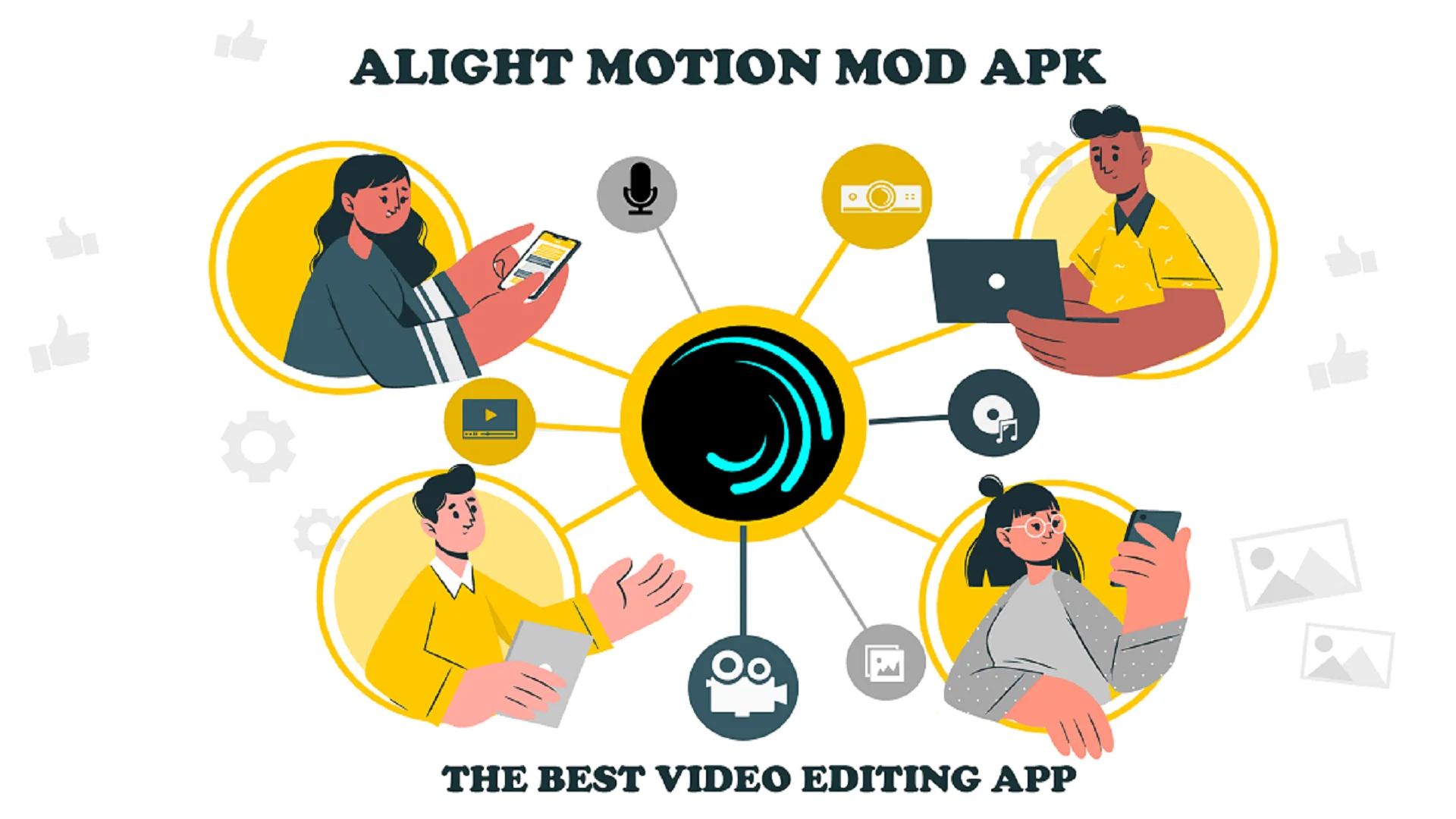Your cart is currently empty!

Cloud Security Posture Management (CSPM): A Comprehensive Guide to Securing Your Cloud Environment in 2025
In today’s digital landscape, cloud computing has become the backbone of modern enterprises. Organizations are rapidly adopting cloud services to enhance scalability, flexibility, and cost-efficiency. However, with the increasing reliance on cloud infrastructure, securing these environments has become a top priority. This is where Cloud Security Posture Management (CSPM) comes into play. CSPM is a critical component…
In today’s digital landscape, cloud computing has become the backbone of modern enterprises. Organizations are rapidly adopting cloud services to enhance scalability, flexibility, and cost-efficiency. However, with the increasing reliance on cloud infrastructure, securing these environments has become a top priority. This is where Cloud Security Posture Management (CSPM) comes into play. CSPM is a critical component of cloud security, helping organizations identify and mitigate risks, ensure compliance, and maintain a robust security posture across their cloud environments.
In this article, we’ll explore the concept of CSPM, its importance, key features, and how it integrates with tools like AWS Security Hub. We’ll also delve into the CSPM market, its evolution, and how it aligns with industry standards and frameworks like Gartner’s Magic Quadrant. Whether you’re a security professional, IT administrator, or business leader, this guide will provide you with actionable insights to strengthen your cloud posture management.
Table of Contents
What is Cloud Security Posture Management (CSPM)?
Cloud Security Posture Management (CSPM) is a set of practices and tools designed to continuously monitor, assess, and improve the security posture of cloud environments. It focuses on identifying misconfigurations, compliance violations, and potential vulnerabilities that could expose an organization to cyber threats. CSPM solutions automate the process of securing cloud infrastructure, ensuring that organizations adhere to best practices and regulatory requirements.
CSPM tools are particularly valuable in multi-cloud environments, where managing security across platforms like AWS, Azure, and Google Cloud can be complex. By providing visibility into cloud assets, configurations, and policies, CSPM enables organizations to proactively address security gaps and reduce the risk of data breaches.
Why is CSPM Important?
The adoption of cloud services has introduced new security challenges. Traditional security tools are often ill-equipped to handle the dynamic nature of cloud environments, leading to misconfigurations and compliance issues. Here’s why CSPM is essential:
- Misconfiguration Prevention: Misconfigurations are one of the leading causes of cloud security incidents. CSPM tools continuously scan cloud environments to detect and remediate misconfigurations, such as open S3 buckets or overly permissive IAM roles.
- Compliance Assurance: Organizations must comply with industry regulations like GDPR, HIPAA, and PCI-DSS. CSPM solutions provide automated compliance checks and generate reports demonstrating adherence to these standards.
- Threat Detection: CSPM tools integrate with threat intelligence feeds to identify suspicious activities and potential threats in real-time.
- Cost Optimization: By identifying unused or underutilized resources, CSPM helps organizations optimize their cloud spending.
- Unified Visibility: CSPM provides a centralized view of security across multi-cloud environments, simplifying management and reducing complexity.
Key Features of CSPM Tools
When evaluating cloud security posture management tools, it’s important to look for the following features:
- Automated Asset Discovery: CSPM tools should automatically discover and inventory all cloud assets, including virtual machines, storage buckets, and databases.
- Continuous Monitoring: Real-time monitoring ensures that any changes to the cloud environment are immediately assessed for security risks.
- Risk Assessment: CSPM solutions prioritize risks based on severity, enabling organizations to focus on the most critical issues.
- Compliance Monitoring: Built-in compliance frameworks help organizations meet regulatory requirements and industry standards.
- Remediation Guidance: CSPM tools provide actionable recommendations to fix identified issues, reducing the time and effort required for remediation.
- Integration with Cloud Platforms: CSPM solutions should seamlessly integrate with cloud providers like AWS, Azure, and Google Cloud, as well as tools like AWS Security Hub.
CSPM and AWS Security Hub: A Powerful Combination
AWS Security Hub is a comprehensive security service offered by Amazon Web Services (AWS) that provides a centralized view of security alerts and compliance status across AWS accounts. When integrated with CSPM tools, AWS Security Hub enhances cloud security by aggregating findings from multiple AWS services, such as Amazon GuardDuty, AWS Config, and Amazon Inspector.
Benefits of Integrating CSPM with AWS Security Hub
- Centralized Security Management: CSPM tools can feed security findings into AWS Security Hub, providing a unified view of the organization’s security posture.
- Automated Compliance Checks: AWS Security Hub supports compliance standards like CIS AWS Foundations Benchmark, which can be complemented by CSPM’s continuous monitoring capabilities.
- Real-Time Alerts: Integration enables real-time alerts for security incidents, allowing organizations to respond quickly.
- Cost-Effective Security: By leveraging AWS Security Hub pricing models, organizations can reduce the cost of managing security across multiple tools.
CSPM Market Trends and Gartner’s Perspective
The cloud security posture management market is growing rapidly, driven by the increasing adoption of cloud services and the need for robust security solutions. According to Gartner, CSPM is a critical technology for organizations looking to secure their cloud environments. Gartner’s Magic Quadrant for Cloud Security Posture Management provides a comprehensive evaluation of leading CSPM vendors, helping organizations make informed decisions.
Key Insights from Gartner’s CSPM Magic Quadrant
- Vendor Landscape: The CSPM market is dominated by vendors like Palo Alto Networks, Prisma Cloud, and Check Point, each offering unique features and capabilities.
- Market Growth: The demand for CSPM solutions is expected to grow as more organizations migrate to the cloud and face increasing regulatory pressures.
- Innovation: Vendors are continuously innovating to address emerging threats and support new cloud services.
- Integration: CSPM tools are increasingly integrating with other security solutions, such as SIEM and SOAR platforms, to provide a holistic security approach.
Choosing the Right CSPM Solution
Selecting the right CSPM tool for your organization requires careful consideration of several factors:
- Cloud Environment: Ensure the CSPM solution supports your cloud providers, whether it’s AWS, Azure, Google Cloud, or a multi-cloud setup.
- Ease of Use: Look for a user-friendly interface and intuitive workflows to simplify security management.
- Scalability: Choose a solution that can scale with your organization’s growth and evolving cloud needs.
- Compliance Support: Verify that the CSPM tool supports the compliance frameworks relevant to your industry.
- Integration Capabilities: Evaluate the tool’s ability to integrate with existing security solutions, such as AWS Security Hub and SIEM platforms.
- Cost: Consider the CSPM pricing model and ensure it aligns with your budget.
Best Practices for Implementing CSPM
To maximize the effectiveness of your CSPM strategy, follow these best practices:
- Conduct a Cloud Security Assessment: Before implementing CSPM, assess your current cloud security posture to identify gaps and prioritize areas for improvement.
- Define Security Policies: Establish clear security policies and guidelines for your cloud environment, covering areas like access control, data encryption, and network security.
- Automate Remediation: Leverage CSPM’s automation capabilities to quickly remediate identified issues and reduce manual intervention.
- Train Your Team: Ensure your security team is trained on CSPM tools and best practices to effectively manage cloud security.
- Monitor Continuously: Regularly review CSPM findings and update your security policies to address emerging threats.
- Collaborate with Cloud Providers: Work closely with your cloud providers to stay informed about new security features and updates.
The Future of CSPM
As cloud adoption continues to rise, the importance of cloud security posture management will only grow. Emerging trends like serverless computing, containerization, and edge computing will introduce new security challenges, driving the need for advanced CSPM solutions. Additionally, the integration of artificial intelligence (AI) and machine learning (ML) into CSPM tools will enhance threat detection and response capabilities.
Organizations that prioritize CSPM will be better equipped to navigate the complexities of cloud security, protect their sensitive data, and maintain compliance with evolving regulations.
Conclusion
Cloud Security Posture Management (CSPM) is no longer a luxury—it’s a necessity for organizations operating in the cloud. By providing continuous visibility, automated compliance checks, and actionable insights, CSPM tools empower organizations to secure their cloud environments and mitigate risks effectively.
Whether you’re using AWS Security Hub or exploring CSPM solutions from leading vendors, the key to success lies in adopting a proactive approach to cloud security. Stay informed about the latest trends, leverage industry frameworks like Gartner’s Magic Quadrant, and implement best practices to ensure your cloud environment remains secure and resilient.
In a world where cyber threats constantly evolve, CSPM is your first line of defense. Don’t wait until it’s too late—invest in cloud security posture management today and safeguard your organization’s future.
FAQs
What is Cloud Security Posture Management (CSPM)?
CSPM refers to a set of tools and practices designed to continuously monitor, assess, and improve the security posture of cloud environments. It helps organizations identify misconfigurations, compliance violations, and vulnerabilities in their cloud infrastructure, ensuring a secure and compliant cloud environment.
Why is CSPM important for cloud security?
CSPM is essential because:
It prevents misconfigurations, which are a leading cause of cloud security breaches.
It ensures compliance with industry regulations like GDPR, HIPAA, and PCI-DSS.
It provides real-time visibility into cloud assets and security risks.
It automates security assessments and remediation, reducing manual effort.
How does CSPM differ from traditional security tools?
Traditional security tools are often designed for on-premises environments and lack the flexibility to address the dynamic nature of cloud infrastructure. CSPM tools are specifically built for the cloud, offering features like automated asset discovery, continuous monitoring, and cloud-native compliance checks.
What are the key features of CSPM tools?
Key features of CSPM tools include:
Automated asset discovery and inventory.
Continuous monitoring for misconfigurations and vulnerabilities.
Compliance monitoring with built-in regulatory frameworks.
Risk assessment and prioritization.
Integration with cloud platforms like AWS, Azure, and Google Cloud.
Remediation guidance and automation.
How does CSPM integrate with AWS Security Hub?
AWS Security Hub is a centralized security service that aggregates findings from various AWS security tools. CSPM tools can integrate with AWS Security Hub to:
Provide a unified view of security findings.
Automate compliance checks using AWS’s built-in frameworks.
Enhance threat detection and response capabilities.
Optimize costs by leveraging AWS Security Hub pricing models.
What is the difference between CSPM and CWPP (Cloud Workload Protection Platforms)?
CSPM focuses on securing the configuration and compliance of cloud infrastructure, such as storage buckets, IAM roles, and network settings.
CWPP focuses on protecting workloads (e.g., virtual machines, containers) from runtime threats like malware and exploits.
Both are complementary and often used together for comprehensive cloud security.
What are some leading CSPM tools in the market?
Some of the top CSPM tools include:
Palo Alto Networks Prisma Cloud.
Check Point CloudGuard.
Microsoft Defender for Cloud.
AWS Security Hub (for AWS-specific environments).
Lacework.
Wiz.
How does CSPM pricing work?
CSPM pricing varies depending on the vendor and the features offered. Factors influencing pricing include:
The number of cloud accounts or assets monitored.
The level of automation and integration.
Support for multi-cloud environments.
Additional features like threat detection and compliance reporting.


